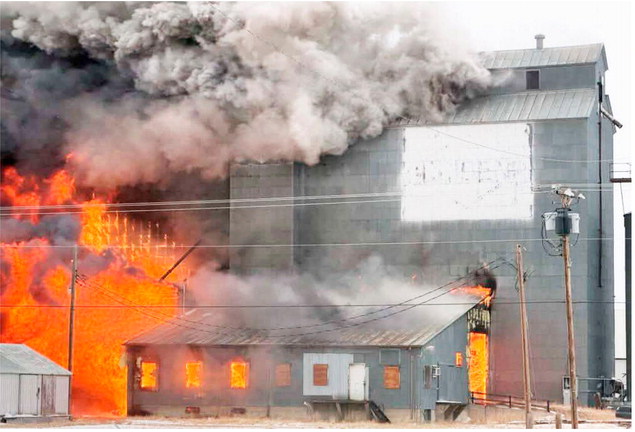Republicans would be favored ….
Republicans would be favored to win 72 seats.”
Stusek, on the other hand, said the Democratic approach to urban districts disregards the functional compactness criterion.
“It didn’t seem that competition was the primary goal, it seemed that proportionality was the primary goal,” he said of the Democratic proposals. “There are 67 Republicans in the state House — to assume that drawing any more than 57 lean-R seats doesn’t make sense is not logical.”
The most obvious conflict was in the respective maps’ handling of racial majority- minority districts. While Miller and Lamson’s maps each have six House districts with majority Native American populations, Stusek and Essmann’s maps would each split a current majority-minority district. Stusek’s map splits a current House district that stretches from the Flathead Reservation to the Blackfeet Reservation; Essmann’s map would split a district currently encompassing the Rocky Boy’s, Fort Belknap and Fort Peck reservations.
“My objective here was to try to keep a community — the city of Glasgow — that has been divided for 20 years, intact,” Essmann said.
The Democratic commissioners said the Republican maps are blatant attempts at diluting Native American votes, and possible violations of the federal Voting Rights Act. Essmann and Stusek denied those claims.
“There’s been a question of representation and practical contiguity over the years [in the Blackfeet-Flathead district],” Stusek said. “You have to drive hours and hours to get across to represent your interests. I feel like I kept communities whole and in fact added communities to make a district that I feel would be compliant with the VRA.”
Early in this process, which began last year with the drawing of the state’s two new U.S. House districts, the commission adopted a series of mandatory and discretionary criteria.
Under the mandatory criteria laid out at the beginning of the redistricting process, the maximum average population deviation of all state House districts must not exceed one percent, the map must comply with the federal Voting Rights Act, the districts must be functionally compact, and they must be contiguous. Under the discretionary criteria — that is to say, desirable but not legally required — the commissioners may consider competitiveness between parties, no plan may be drawn to unduly favor one political party, the maps should avoid dividing cities, towns and other entities when possible, and communities of interest should be kept whole.
Over the coming months, commissioners will continue to debate among themselves and also travel the state to gather public comment on the maps and make changes accordingly. Several members of the public have also submitted map proposals, with more to come.
“I almost guarantee you that we’re not going to have these same maps by the end of the process,” said Maylinn Smith, the commission’s nonpartisan chair and tie-breaking fifth vote. If, as has often been the case in this decennial process, the four partisan commissioners reach an impasse, Smith’s vote will determine the lines of the legislative districts, which are set to take effect beginning in 2024.
Miller emphasized that point, putting the onus on Smith to select a fair map.
“The chair will decide whether the map will reflect the will of the voters … or whether the game will be rigged in one party’s favor, subverting the will of Montana voters to hand power to one party that is above and beyond what the people of Montana are voting for,” she said.

